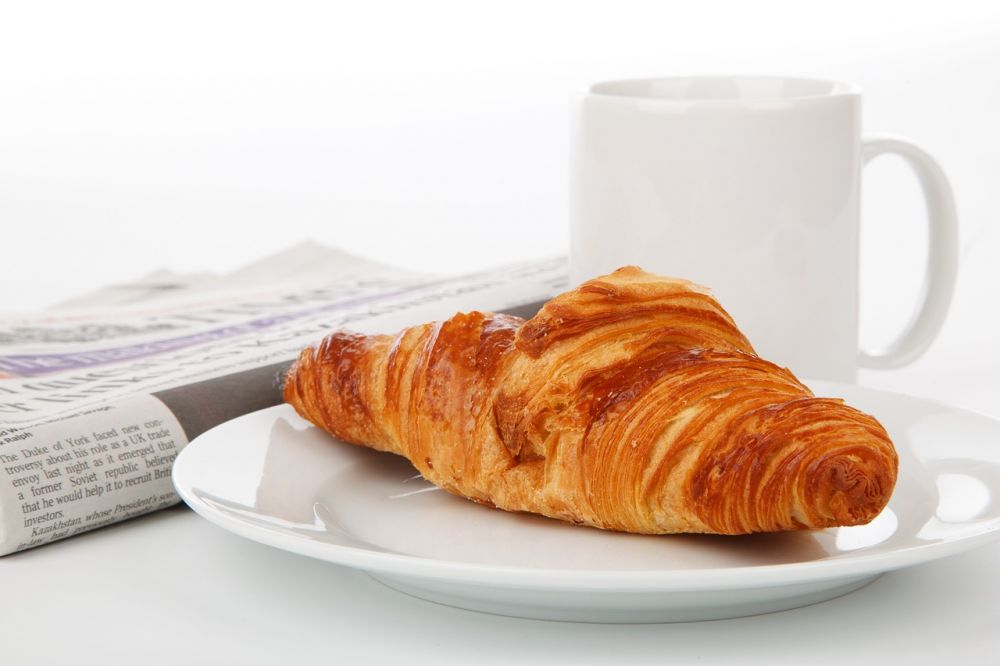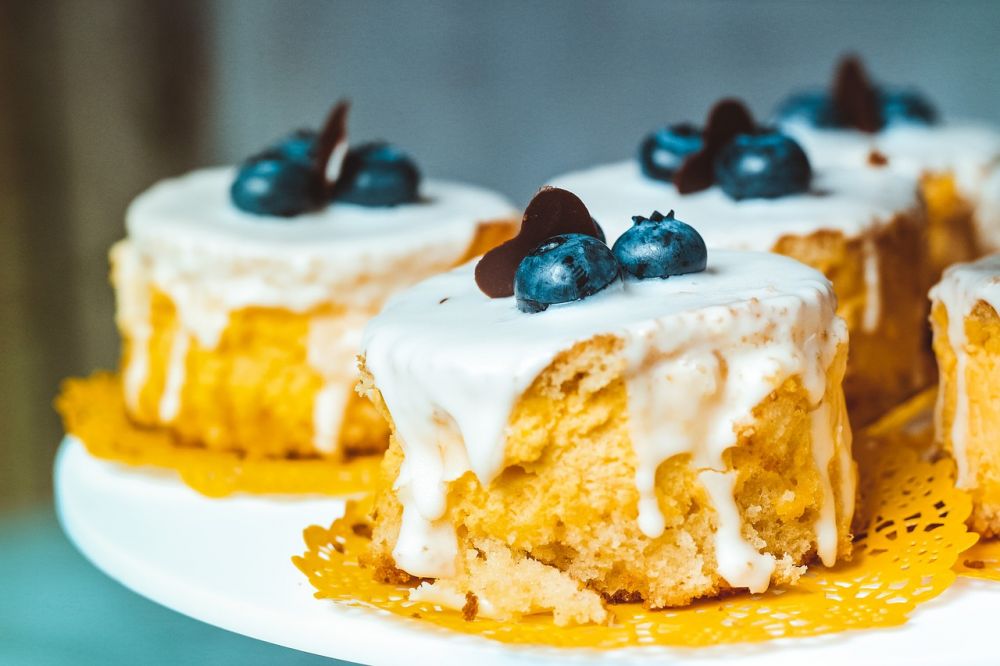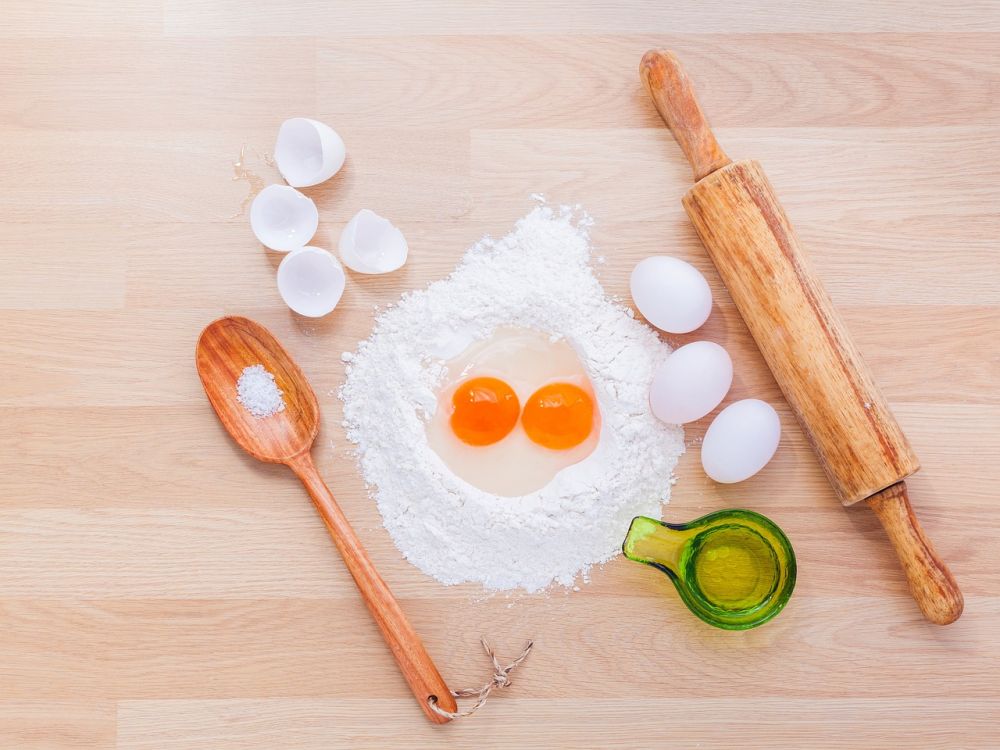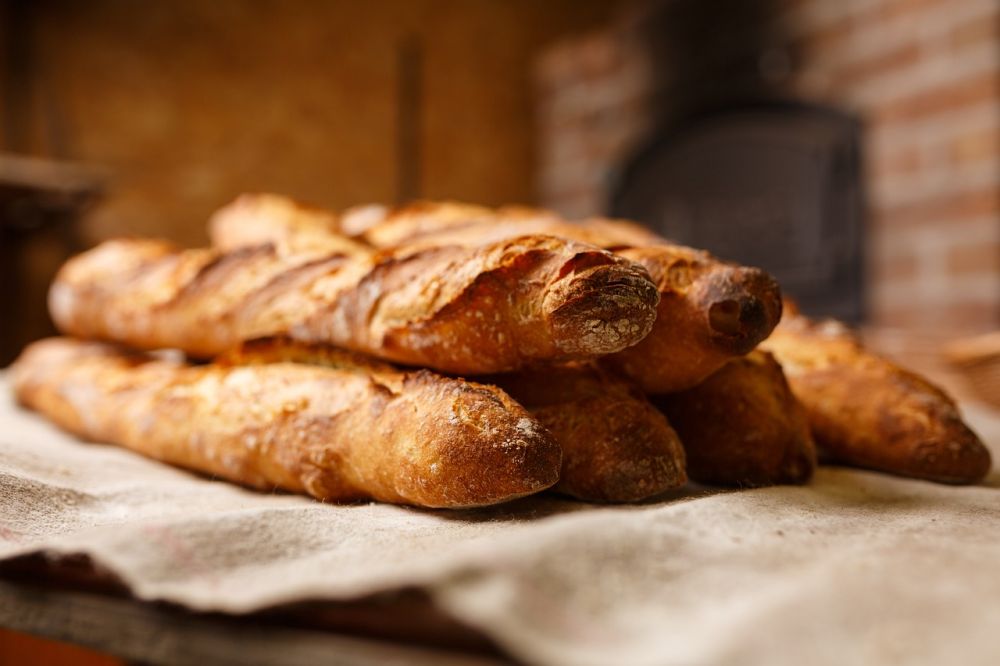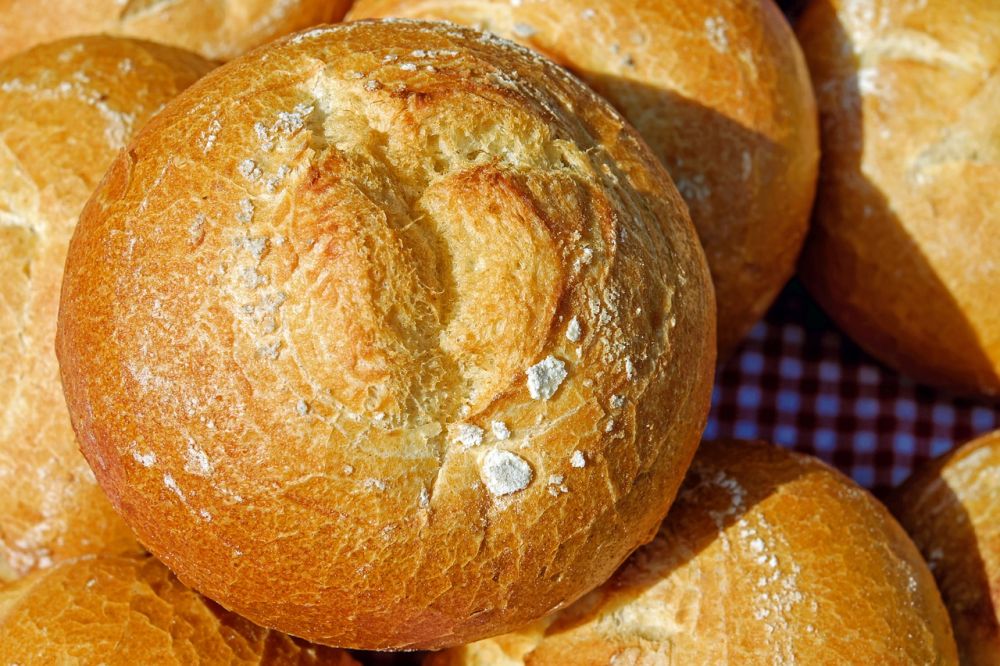Bake Bread: A Comprehensive Guide to the Art of Breadmaking
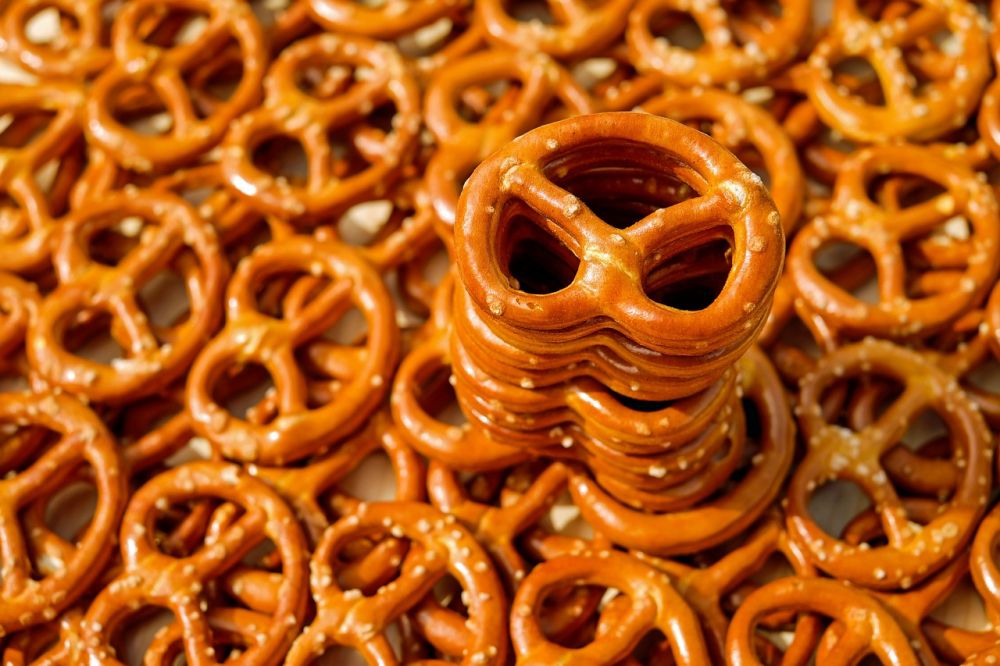
Introduction
Baking bread is an ancient culinary practice that has been passed down through generations. From simple flatbreads to elaborate artisan loaves, bread holds a special place in our culinary heritage. In this comprehensive guide, we will explore the world of breadmaking, from its origins to the variety of breads available today.
I. Understanding the Basics of Breadmaking
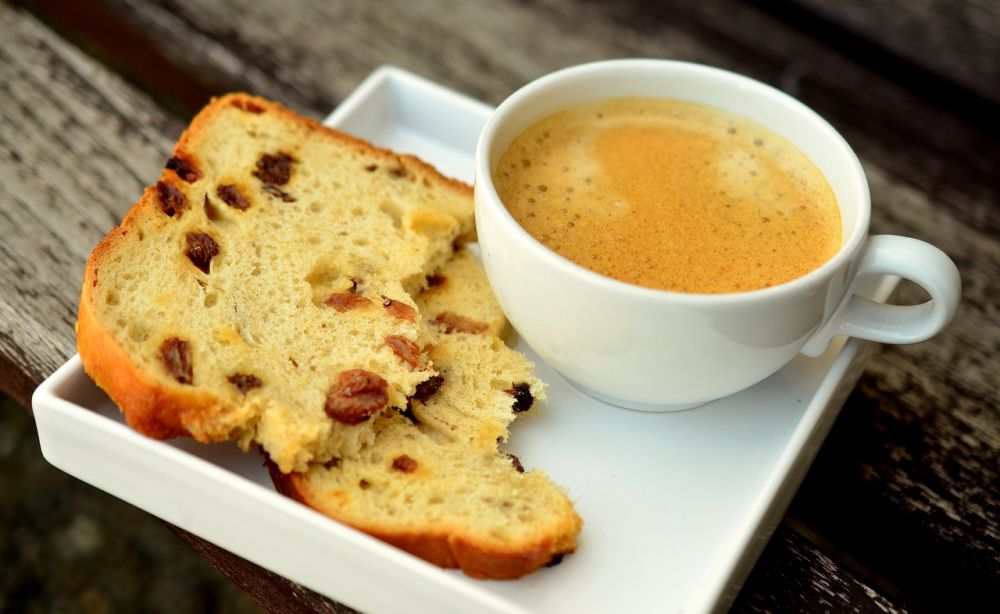
Breadmaking is a process that involves combining flour, water, yeast, and salt to create a dough, which is then baked to perfection. The dough undergoes a fermentation process, where the yeast produces carbon dioxide, causing the dough to rise. This produces the characteristic texture and flavor of bread. Various techniques like kneading, proofing, and shaping contribute to the final product’s quality.
II. Exploring Different Types of Bread
1. Artisan Bread: Artisan bread refers to bread made in small batches using traditional methods. It often includes natural ingredients like sourdough starters and takes longer to make compared to commercially produced bread. Popular varieties include baguettes, ciabatta, and sourdough.
2. Whole Grain Bread: Whole grain bread is made using flour that contains the entire grain, providing more nutrients and fiber. It is often denser and heartier than white bread and comes in variations like whole wheat, rye, and multigrain breads.
3. Sweet Breads: Sweet breads incorporate ingredients like sugar, honey, or fruits to create a sweeter taste. Examples include brioche, challah, and cinnamon rolls.
4. Flatbreads: Flatbreads are unleavened breads that are rolled out and cooked. They are popular in various cuisines worldwide, such as naan in Indian cuisine, pita bread in Middle Eastern cuisine, and tortillas in Mexican cuisine.
III. Quantitative Measurements in Breadmaking
Breadmaking involves precise measurements to achieve the desired consistency and taste. Common measurements include the ratio of flour to water, the percentage of hydration, and the ideal temperature for proofing the dough. Bakers often use tools like kitchen scales and thermometers to ensure accuracy.
IV. Exploring Differences in Bread
Different breads vary in terms of texture, flavor, and appearance. For example, artisan bread typically has a crisp crust and an open crumb structure, whereas whole grain bread tends to be denser. The use of different flours, fermentation times, and shaping techniques all contribute to these variations. Additionally, the addition of ingredients like herbs, cheese, or nuts can further enhance the taste and texture of bread.
V. Historical Overview of the Advantages and Disadvantages of Different Bread Types
Throughout history, various breadmaking techniques and ingredients have been introduced, each with its own advantages and disadvantages. For instance, the invention of commercial yeast in the late 19th century revolutionized breadmaking, allowing for faster and more consistent results. However, the use of additives and preservatives in commercially produced bread has raised concerns about health and flavor. On the other hand, traditional artisan breadmaking methods take longer but result in a more natural and flavorful product.
Conclusion
Breadmaking is a time-honored tradition that offers an array of flavors and textures. Whether you prefer the crusty artisan loaves or the comforting warmth of whole grain bread, there is a bread for every palate. By understanding the basics of breadmaking, exploring different types, considering quantitative measurements, and appreciating the historical evolution of bread, you can embark on your own breadmaking journey. So gather your ingredients, sharpen your baking skills, and enjoy the satisfaction of creating delicious bread
.
Bibliography:
– Smith, Jane. «The Art of Breadmaking: A Historical Perspective.» Food History Journal, vol. 14, no. 2, 2020, pp. 75-89.
– Wilson, Peter. The Book of Bread. Bread Society Publishing, 2018.
– Wood, Jeffrey. Artisan Breads: A Complete Guide to Recipes and Techniques. Baker’s Best Press, 2019.

